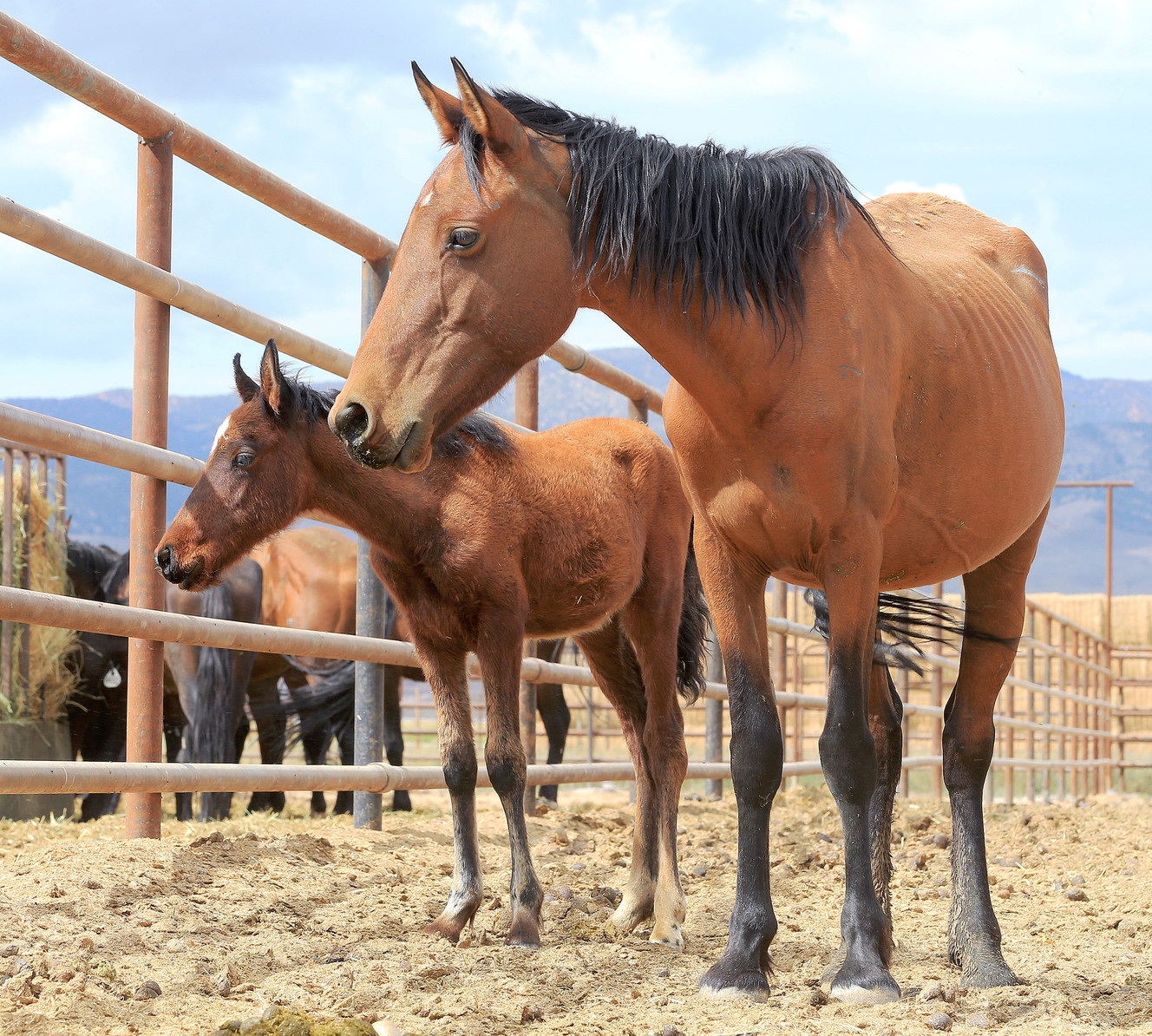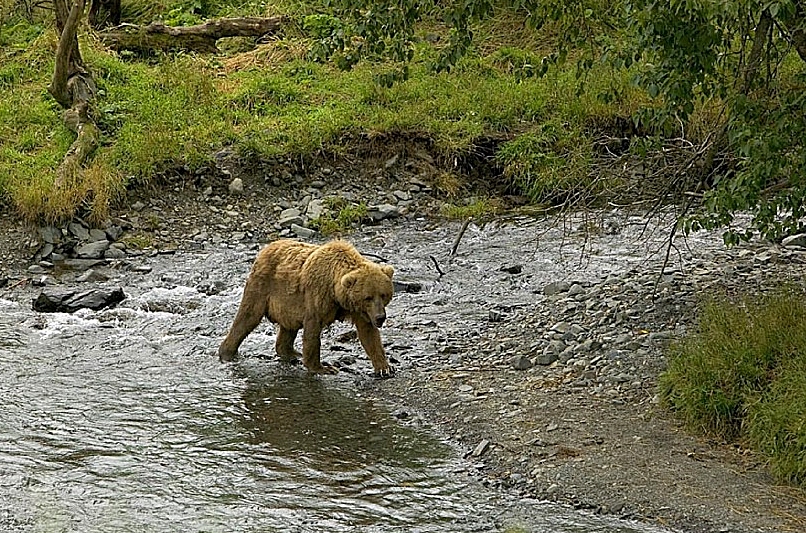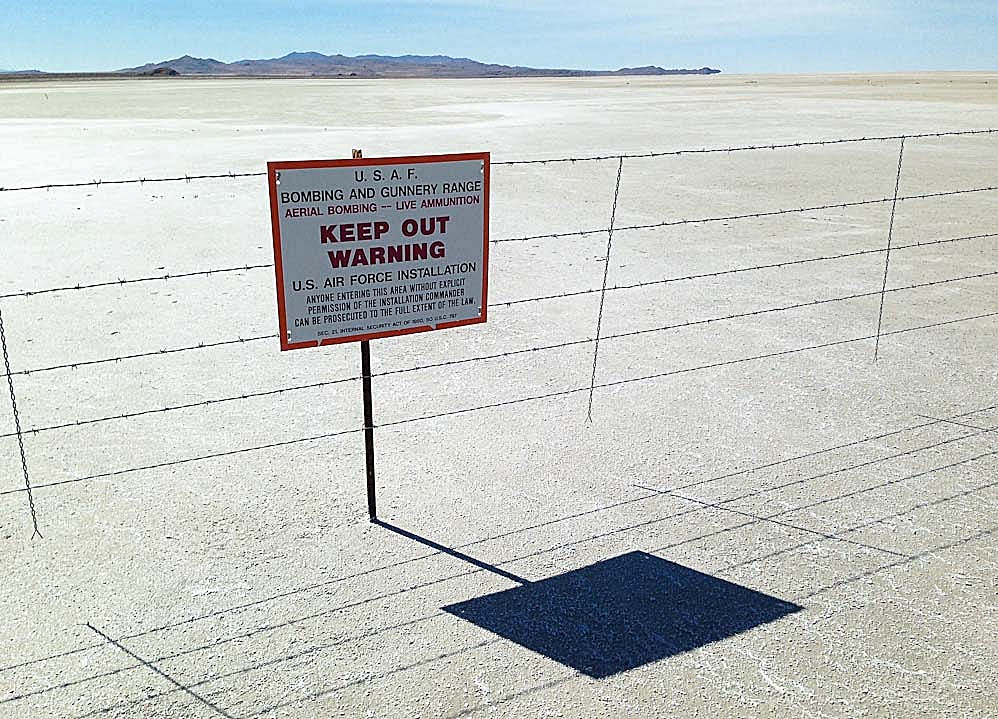Those declining numbers, says BLM spokeswoman Lisa Reid, put the agency in conflict with its own sage grouse management directives intended to boost the chicken-sized bird’s population.
KSL
Are wild horses, sage grouse clashing in Utah’s desert?
SALT LAKE CITY — The sagebrush-dotted landscape and mountainous terrain in Utah’s western desert is home to a sage grouse population experiencing steep declines and wild horses that are strong, healthy and growing in population each year.
That dynamic is propelling the Bureau of Land Management to explore the idea of carrying out the state’s largest wild horse gather — as many as 325 horses — over a several year period beginning in 2018.
The Onaqui herds in the 240,000-acre management area abutting Dugway Proving Ground in Tooele County number 450 animals, not counting the 2017 foal crop.
According to the BLM’s “appropriate management level” target, that number should be between 121 and 210.
The area also includes a portion of the Sheeprock population of the imperiled greater sage grouse, which the BLM says has experienced a 40 percent decline in numbers over the last four years and dropped in population eight of the last 10 years.
Those declining numbers, says BLM spokeswoman Lisa Reid, put the agency in conflict with its own sage grouse management directives intended to boost the chicken-sized bird’s population.
“This is new for us and our state,” Reid said. “It is new for us to do a gather in a sage grouse area.”
The area is also home to repeated wildfire activity impacting a significant portion of the herd’s winter range, she said.
In the last five years, 66,000 acres have burned, and burned several times. This year alone, more than 38,000 acres were charred, Reid said.
“That is going to have an impact. The horses are really healthy now and look really good, but any serious drought and any more fires would have big impacts to the horse management area,” she said.
The BLM has been darting the mares with birth control and ideally would like to treat 80 percent of the mares to keep numbers down, Reid said. In 2017, the agency treated 53 mares.
“The most effective way to administer birth control is by gathering them,” she said.
The agency also hopes to collaborate with researchers to look at the relationship of wild horses, greater sage grouse and vegetation — which Reid said would also be a first for the state.
A 2013 National Academy of Sciences report concluded the BLM’s wild horse and burro program is not sustainable, noting that wild horse populations are growing at a rate of 15 to 20 percent a year. Over five years, the agency spent $370 million to manage the animals, which are protected under a 1971 law passed by Congress.
The agency’s March estimates put wild horse and burro numbers at 72,614 — above the goal of 26,674 in 11 Western states.
[paypal_donation_button]
Free Range Report
[wp_ad_camp_3]
[wp_ad_camp_2]



